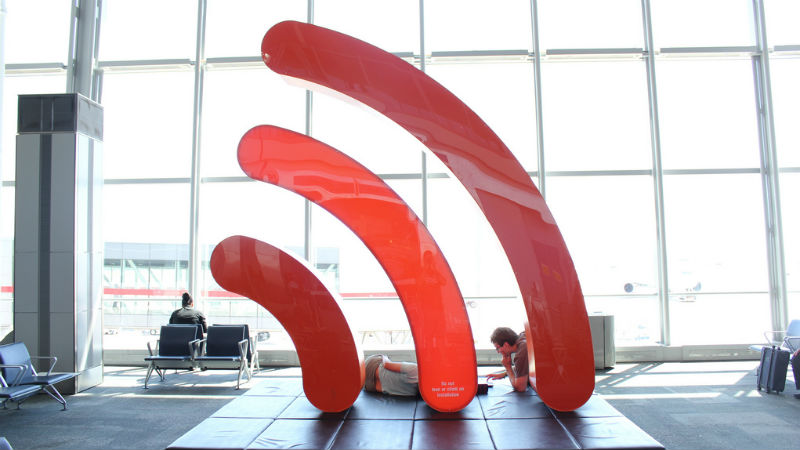Wi-Fi 6 guidelines aim to help operators cope with mobile traffic
Wi-Fi 6 is pitched as complementary to 5G

The Wireless Broadband Alliance (WBA) has published deployment guidelines for mobile operators, as well as enterprises and vendors, ahead of the launch of Wi-Fi 6 later this year.
Wi-Fi 6 is the first generation of wireless broadband to adopt a more consumer-friendly nomenclature, similar to 4G or 5G, rather than the more technical system that has seen previous standards given technical monikers like ‘802.11ac.’
Among other things, Wi-Fi 6 is expected to deliver faster speeds and greater capacity, with the wireless industry positioning it as a complementary technology to 5G that can help organisations and communications providers cope with the growing amount of data traffic.
- 5G: Everything you need to know
- Wi-Fi 6 certification program sets minimum standard
- Early 5G networks are more than two times faster than 4G
Wi-Fi 6
This, the WBA argues, will help meet customer demand and satisfy any Service Level Agreements (SLAs). However, Wi-Fi 6 is also an attempt to ensure that wireless broadband isn’t sidelined in favour of 5G.
The WBA says the number of Wi-Fi enabled devices now stands at 9 billion – more than one for every person on the planet – while enterprise data traffic is set to rise from 33 exabytes at present to 63 exabytes by 2022.
The new guidelines published by the organisation – and developed with members including BT, Broadcom and Cisco – aim to provide a consistent framework for Wi-Fi 6 deployments in high density areas like stadiums, apartment blocks and public venues.
There are also provisions for Internet of Things (IoT) and enterprise networks.
Are you a pro? Subscribe to our newsletter
Sign up to the TechRadar Pro newsletter to get all the top news, opinion, features and guidance your business needs to succeed!
Areas covered include RF planning and design, MU-MIMO, band steering and backwards compatibility with previous generations of Wi-Fi.
“Since its inception 20 years ago, Wi-Fi has become a fundamental expectation for consumers and enterprises alike,” said Tiago Rodrigues, General Manager, WBA.
“Not only is global demand for Wi-Fi continuing unabated, but operators worldwide are ramping up 5G networks, and governmental authorities around the world are preparing to open 6GHz spectrum to Wi-Fi traffic.
“Today’s announcement illustrates the dedication of the WBA and its member companies to providing timely, expert direction to ensure that Wi-Fi deployments successfully accommodate all of these global factors.”
Many operators around the world are now focussing on the construction of converged networks comprising fixed, mobile and wireless connectivity. The idea is that the end user is seamlessly connected regardless of technology. Wi-Fi 6 should be a major boost to such efforts.
- The best Wi-Fi extenders of 2019
Steve McCaskill is TechRadar Pro's resident mobile industry expert, covering all aspects of the UK and global news, from operators to service providers and everything in between. He is a former editor of Silicon UK and journalist with over a decade's experience in the technology industry, writing about technology, in particular, telecoms, mobile and sports tech, sports, video games and media.